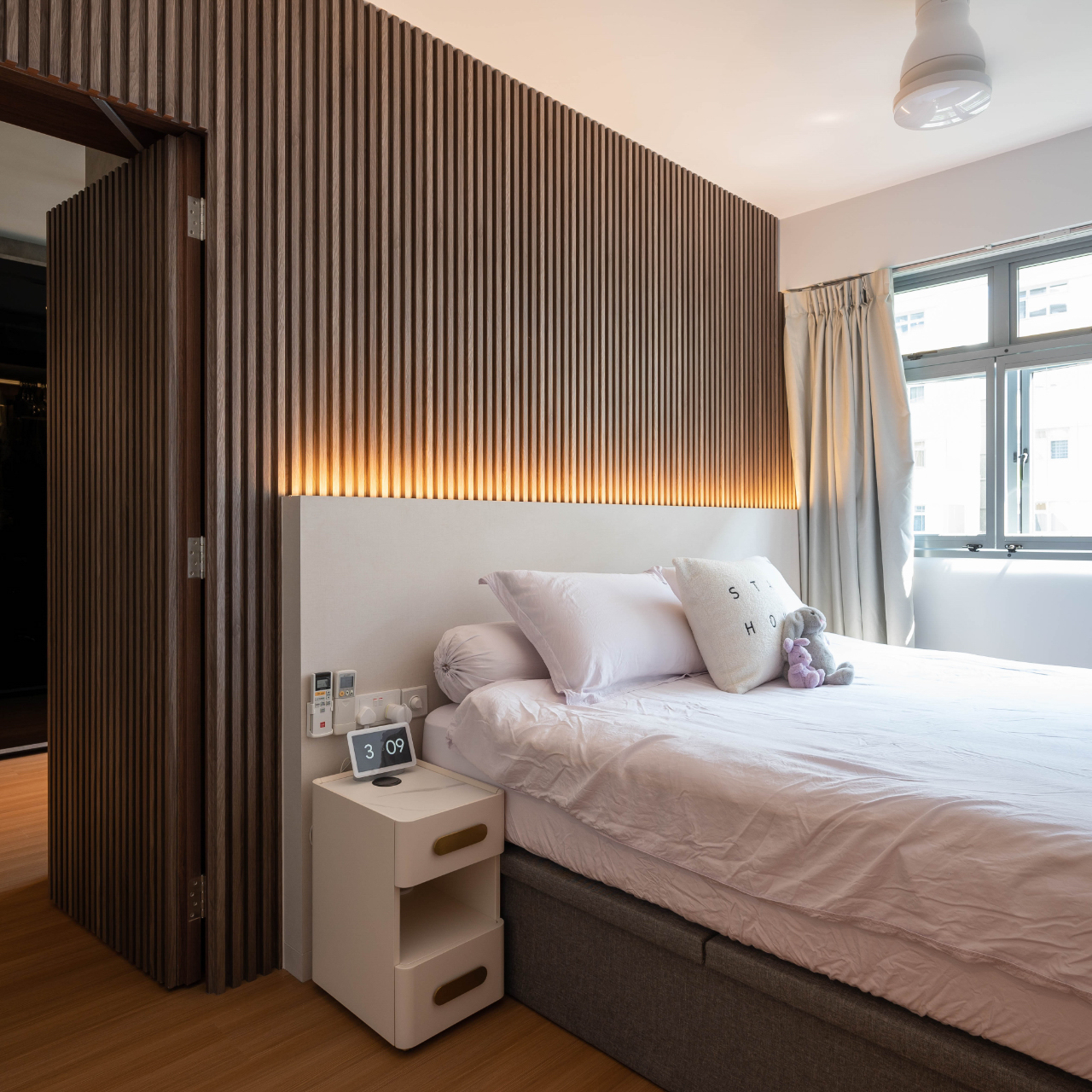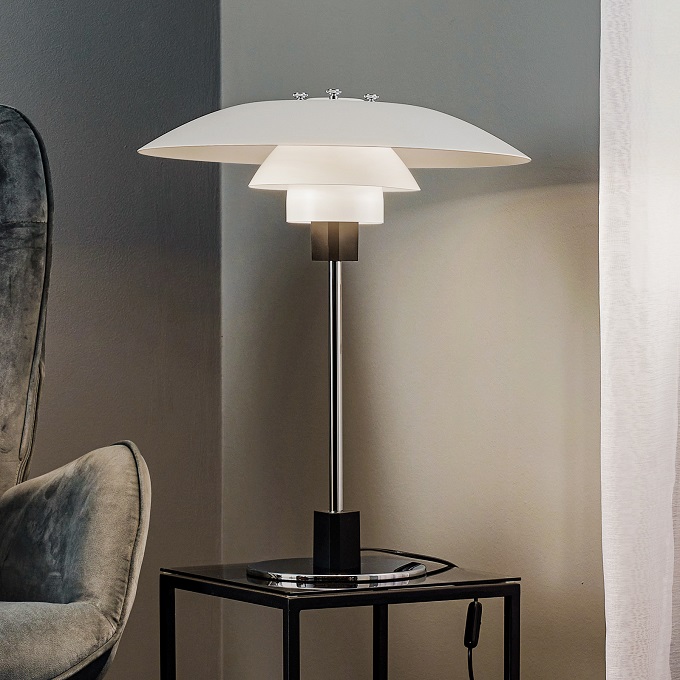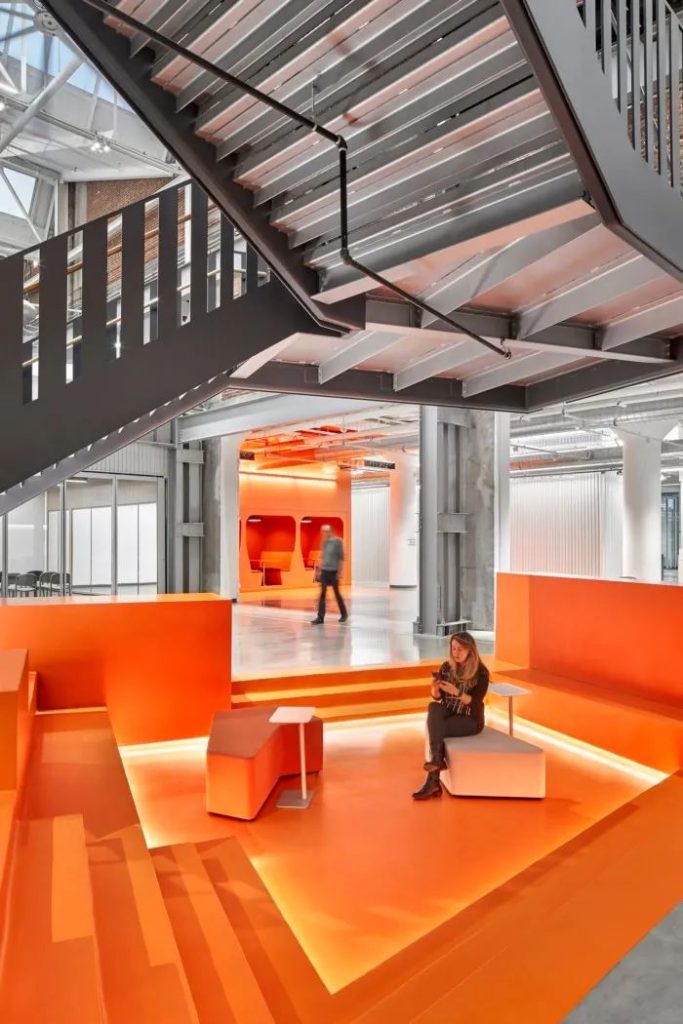When it comes to designing a space, lighting is an essential element that can make or break the overall atmosphere. Minimalistic lighting, also known as minimalist lighting, is a growing trend that focuses on creating a simple, streamlined look while still achieving a warm and welcoming environment. In this article, we will discuss the principles of minimalistic lighting and how to implement them in your home or office.
The Key Principles of Minimalistic Lighting
Minimalistic lighting relies on a few key principles:
Less is More
The first principle of minimalistic lighting is less is more. This means that you should focus on using fewer light fixtures and bulbs, while also choosing simple and clean designs. Minimalistic lighting aims to create a clutter-free space, where the lighting fixtures blend seamlessly into the background.
Functionality
Another critical principle of minimalistic lighting is functionality. The lighting fixtures you choose should not only look great, but they should also serve their purpose effectively. This means that the lighting should be bright enough to illuminate the room, while also being energy-efficient and long-lasting.
Natural Light
Minimalistic lighting also incorporates natural light into the design. Natural light is an essential source of lighting that can help reduce energy usage, improve mood, and create a more comfortable atmosphere. If possible, you should try to maximize natural light sources in your space by using large windows or skylights.
Implementing Minimalistic Lighting in Your Space
Now that you understand the basic principles of minimalistic lighting, let’s discuss how you can implement them in your space:
Choose Simple and Clean Lighting Fixtures
When selecting lighting fixtures, opt for simple and clean designs that do not draw attention away from other elements in the space. A great example of this is recessed lighting, which can blend seamlessly into the ceiling and provide a warm and welcoming glow without taking up any visual space.
Use LED Light Bulbs
LED light bulbs are an excellent choice for minimalistic lighting designs because they are energy-efficient and can last for a long time. They also come in a variety of color temperatures, so you can choose a warm or cool light depending on your preference.
Incorporate Natural Light Sources
You can further enhance your minimalistic lighting design by incorporating natural light sources, such as large windows or skylights. This will not only help reduce energy costs but also create a soothing and welcoming atmosphere in the space.
Arrange Lighting Fixtures Strategically
Finally, arrange your lighting fixtures strategically to create a functional and aesthetically pleasing look. For example, you might use a combination of overhead lighting, task lighting, and accent lighting to highlight different areas of the space while still maintaining the minimalist look.
Minimalistic lighting is an excellent way to create a clean, serene space while still providing ample lighting. By focusing on simple designs, functionality, and natural light sources, you can create a warm and welcoming atmosphere in your home or office. So, why not try implementing these principles in your space and see the difference minimalistic lighting can make?

















